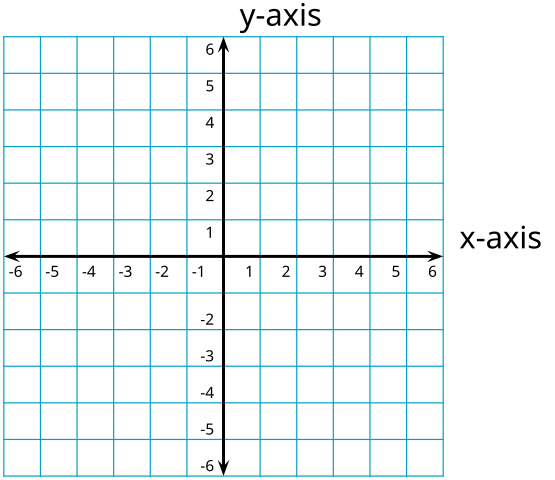Shortest Distance from Origin - 2D

What is the shortest distance of the line from the origin in ?
Also try this problem in: 1D , 3D and 4D
Image Credit: Wikimedia Commons: H Padleckas
The answer is 2.4.
This section requires Javascript.
You are seeing this because something didn't load right. We suggest you, (a) try
refreshing the page, (b) enabling javascript if it is disabled on your browser and,
finally, (c)
loading the
non-javascript version of this page
. We're sorry about the hassle.
The following solutions shows various methods to solve this problem. They all look different, but they essentially use the same concept.
Let the shortest distance of the given line from the origin be d .
Method 1: Distance of line from point formula.
For a line a x + b y + c = 0 , the shortest distance from a point ( x 0 , y 0 ) has the formula
Shortest Distance = a 2 + b 2 ∣ a x 0 + b y 0 + c ∣
The coordinates of the origin are ( 0 , 0 ) . Our line is 4 x − 3 y − 1 2 = 0 . We can plug these values in the formula to get the distance.
d = 4 2 + ( − 3 ) 2 ∣ 4 × 0 − 3 × 0 − 1 2 ∣ = 2 5 ∣ 0 + 0 − 1 2 ∣ = 5 1 2 = 2 . 4 □
The general form of this formula is proved in this note .
Method 2: Using area of triangle
If the line does not pass through the origin and if the line is not parallel to either of the coordinate axes, then it will intersect each of the coordinate axes once. Using three points: the origin, the x -intercept and the y -intercept, we can form a right triangle.
The above figure shows the graph of 4 x − 3 y = 1 2 . (The triangle is highlighted in blue). Let the x intercept of the line be p and the y intercept be q . In this problem, p = 3 and q = − 4 .
We can write the area of the triangle in two different ways.
Area = 2 1 × ∣ p ∣ × ∣ q ∣ = 2 1 × d × p 2 + q 2
From this, we can see that
d = p 2 + q 2 ∣ p ∣ ∣ q ∣ = 3 2 + ( − 4 ) 2 ∣ 3 ∣ × ∣ − 4 ∣ = 2 5 1 2 = 5 1 2 = 2 . 4 □